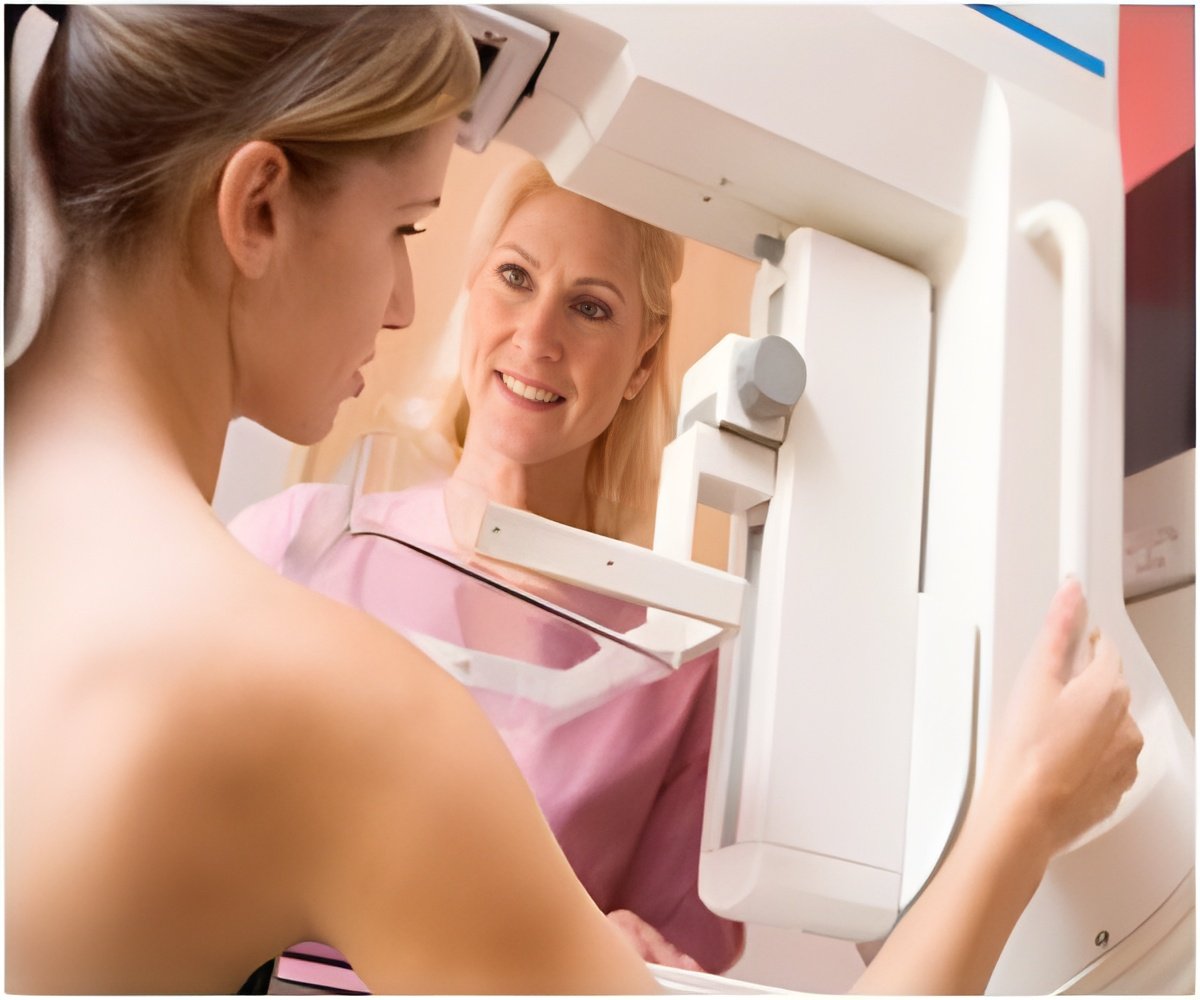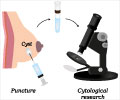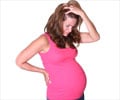
Funded largely through a unique collaboration between the American Cancer Society and the National Cancer Institute, the study examined information from 120 radiologists who interpreted 783,965 screening mammograms at six mammography registries in the Breast Cancer Surveillance Consortium (BCSC) over five years. The researchers looked at how screening outcomes were related to four different measures of each radiologist's annual volume: the number of screening and diagnostic mammograms separately and in combination and the percentage of total mammograms that were for screening rather than diagnosis.
"We found that radiologists who interpreted more mammograms a year had clinically and statistically significantly fewer false-positive findings without missing more cancers," said study leader Diana S.M. Buist, PhD, MPH, a senior investigator at Group Health Research Institute. "That means radiologists with higher 'interpretive volumes' could identify the same number of cancers, while making fewer women come in for extra tests that showed they did not have cancer." On average, for every cancer detected, 22.3 women were called back for more testing.
False-positive findings when a mammogram suggests a breast cancer is present, but it turns out not to because women anxiety and spur extra testing, which amounts to at least $1.6 billion in health care costs each year. Often, there's a tradeoff between minimizing false positives and maximizing sensitivity, which is the ability to identify cancer when present. But in this study, despite their lower false-positive rates, the high-volume radiologists had sensitivities and cancer-detection rates that resembled those of their lower-volume colleagues.
"We also found that radiologists were more accurate at interpreting mammograms if they also interpreted some diagnostic mammograms." Dr. Buist said. Diagnostic mammograms evaluate breast symptoms or abnormalities seen on a prior screening mammogram. The cancer-detection rate was highest when at least one in five of the mammograms that a radiologist read a diagnostic, not screening, mammogram instead of their focusing more exclusively on reading screening mammograms.
This report's findings have policy implications. The U.S. Food and Drug Administration (FDA) requires radiologists who interpret mammograms to read only 960 mammograms in two years, with no requirement about the type of mammograms they read (screening or diagnostic). In Europe and Canada, where volume requirements are 5 times higher, screening mammography programs have lower false-positive rates but similar cancer-detection rates than the United States.
Advertisement
Dr. Buist added: "Based on these data, it would be beneficial if U.S. volume requirements could be increased to 1,000 or 1,500 screening mammograms per year, while adding a minimal requirement for diagnostic interpretation, which would optimize sensitivity and false-positive rates." According to her team's simulations, raising annual requirements for screening volume could lower the number of American women with false-positive workups by more than 71,000 for annual minimums of 1,000, or by more than 117,000 year for annual minimums of 1,500 without hindering the detection of breast cancer.
Advertisement
"Without more radiologists interpreting more mammograms, women may have less access to the only screening test that trials have shown can reduce deaths from breast cancer," Dr. Buist said. "Unlike the mammography debate about whether women in their 40s should be screened, which is based on the weight of harms of false positives, the tradeoff around volume policy will concern workforce issues and reporting requirements that would necessitate changes to how the FDA collects information on how many mammograms radiologists interpret." Her team has also been testing strategies for improving how well radiologists interpret mammograms.
In a unique partnership and combination of funding, the American Cancer Society through the Longaberger Company's Horizon of Hope Campaign, the National Cancer Institute through Breast Cancer Stamp Fund, and the Agency for Healthcare Research and Quality supported this study using data from the Breast Cancer Surveillance Consortium. The Longaberger Company, which sells baskets and other products through home shows, has raised more than $14 million through its Horizon of Hope campaign. From the sale of every Horizon of Hope basket, $2 goes to the American Cancer Society to support breast cancer research and other initiatives.
Source-Eurekalert












